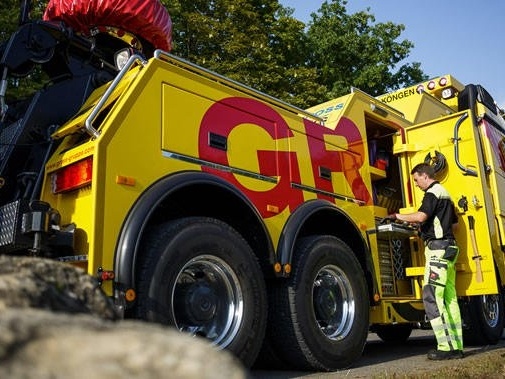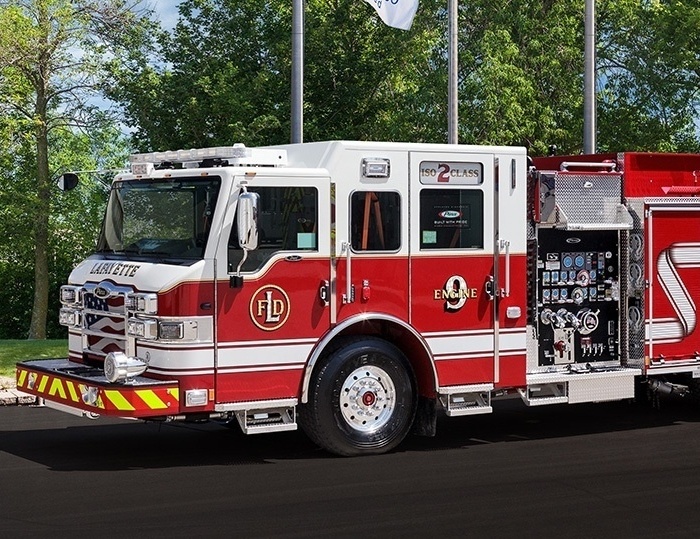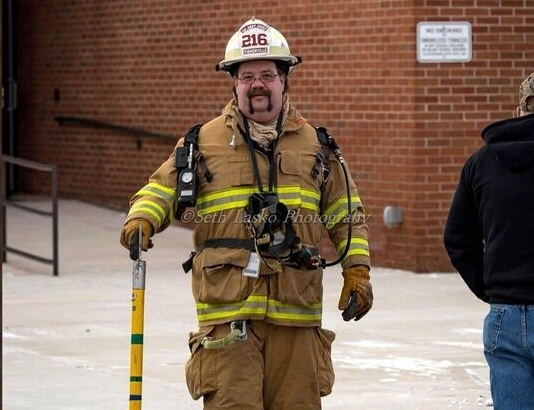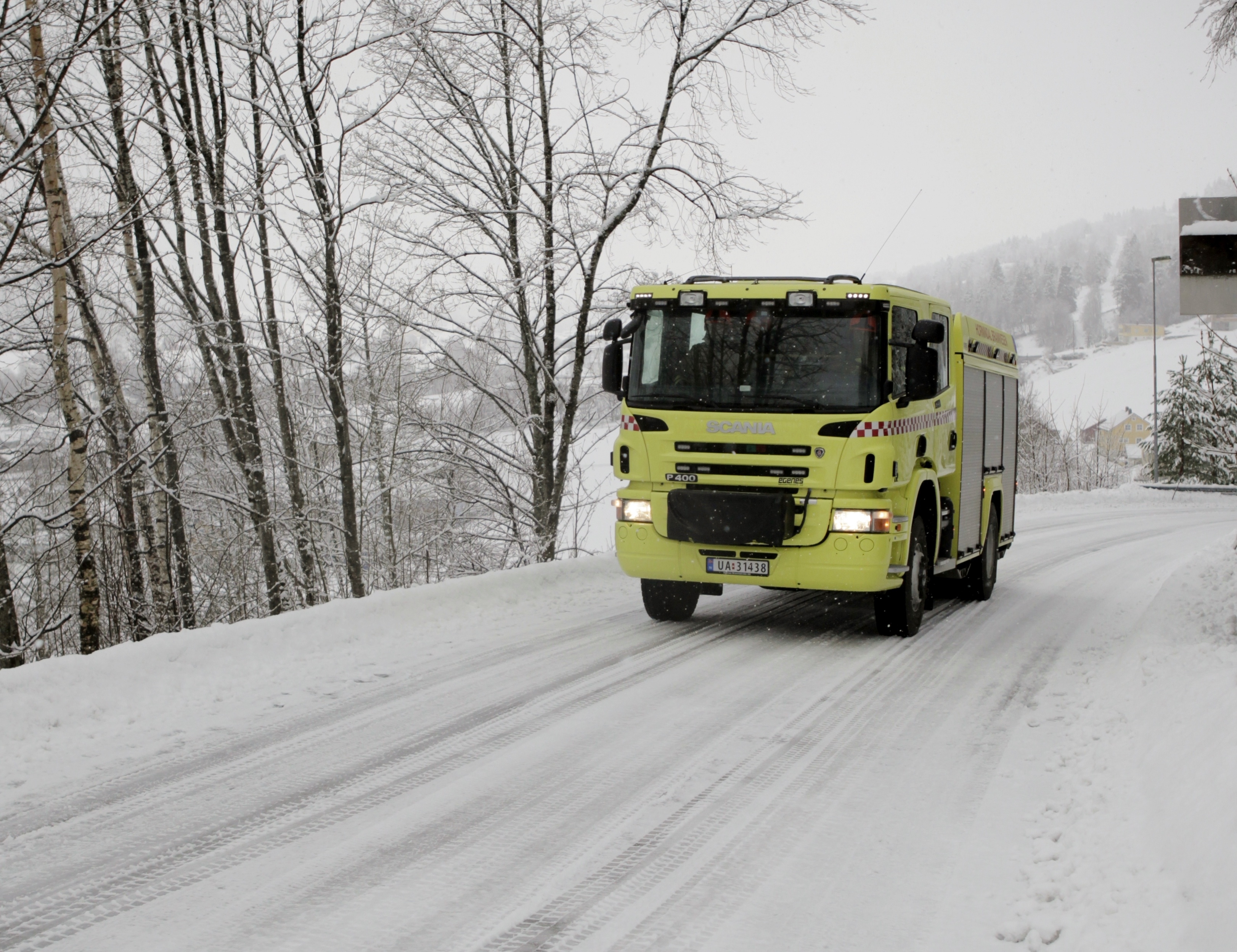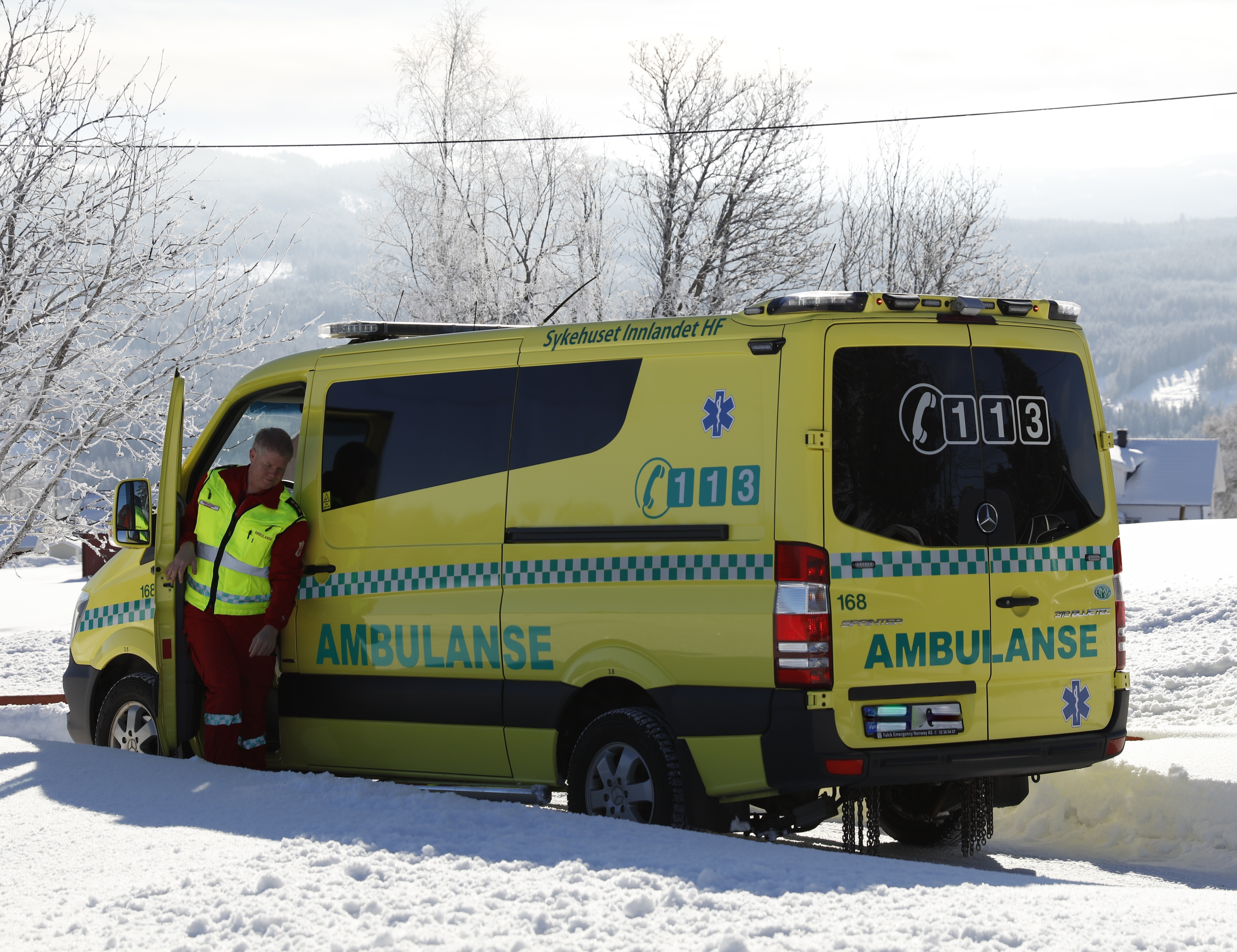The most widely used response time standard in the United States is the National Fire Protection Association’s NFPA 1710 which requires “the arrival of an ALS (Advanced Life Support) company within an eight-minute response time to 90% of incidents.” This standard resulted from a 1970s cardiac arrest survival study by two Seattle physicians.
: Rescue Driving (4)
×Are Onspots a “fit” for towing and recovery vehicles?
Ulrik Andersson, March 27, 2018
Onspot Automatic Snow Chains have been installed on many tow trucks; however, they are not a one-size-fits-all product. As with any vehicle, fitting automatic snow chains on a tow truck is based on variables or combination of variables. Let’s talk about tow trucks!
Three tips for rescue drivers on when to use Onspot
Eric Jones, March 9, 2018
When is the correct time to engage your Onspot Automatic Snow Chains? This is a common question that we hear from our friends in the fire and rescue industry. Actually, it’s a frequently asked question in many of the markets that we serve.
How to Spec your Fire Apparatus to Serve your Community
Maritza Hernandez, September 15, 2017
Everyone loves a parade! Especially, a Fire Truck Parade, Lights & Sirens!
However, when writing the specifications for fire apparatus there are some things more important than looks. Two important factors when preparing to purchase a new fire truck is the vehicles’ function and the terrain in its “operating environment.” Not taking into account function and terrain could lead to ownership of a great looking truck that falls short of the end users expectations. Image: Firemen march on the Champs-Elysées, Paris © Maxppp -
How Onspot Can Improve Your Daily Life
Thomas Ancart, July 20, 2017
Whether you are picking up household waste in isolated villages, driving children to school early in the morning, or delivering to customers awaiting their orders, drivers are almost always on the road. The open road can be great, but sometimes, the conditions can change to much less than favorable in a matter of minutes or even a couple miles.
It is always a great feeling when we hear true stories from our customers especially when lives are saved. The following story was related to us recently about an incident witnessed by then-Assistant Chief Raymond Urich, Jr. of the Fisherville Volunteer Fire Company #1 in Halifax, PA in the USA.
Why response time must be reduced
For rescue operations ‘response time’ is one of the measures for effectiveness. In emergency situations response time should be as short as possible as this could be crucial for saving lives or properties at danger. Accordingly, much effort is put into reducing response times. But actually, what is response time?
Onspot Spring Maintenance
Leonard D'Orlando, April 19, 2017
Spring is finally here. Although the start of spring in the USA officially began on March 20th the winter season would not go quietly. On the East coast, for example, a wintry mix of snow and ice started off the month of April. Now, however, the colder weather truly seems to be behind us as streets are swept clean, motorcycles take to the roads and classic cars come out of storage. During this time of the year there is also a focus by many towns and cities to start spring maintenance on their equipment and vehicles.
Some products are so functional and effective that there is little potential to improve them. The violin, for example, got its design by the Italian master violin-makers in the 17th century. Countless efforts have been made to challenge its basic construction in order to improve it, but in vain. The violin is so close to perfect that no one has come up with a fundamental improvement during the last 350 years.
Tire chains are not that old – they were patented in 1904, and ever since they have proven to be very effective for increasing traction.
Tales from the field, how Onspot saves lives
Maritza Hernandez, March 13, 2017
Over the years, I have received reports from customers who arrived at their destinations safely because of their Onspots. However, the most humbling accounts are from people who were saved because someone else had Onspots or the realization that they wish they had Onspots.


